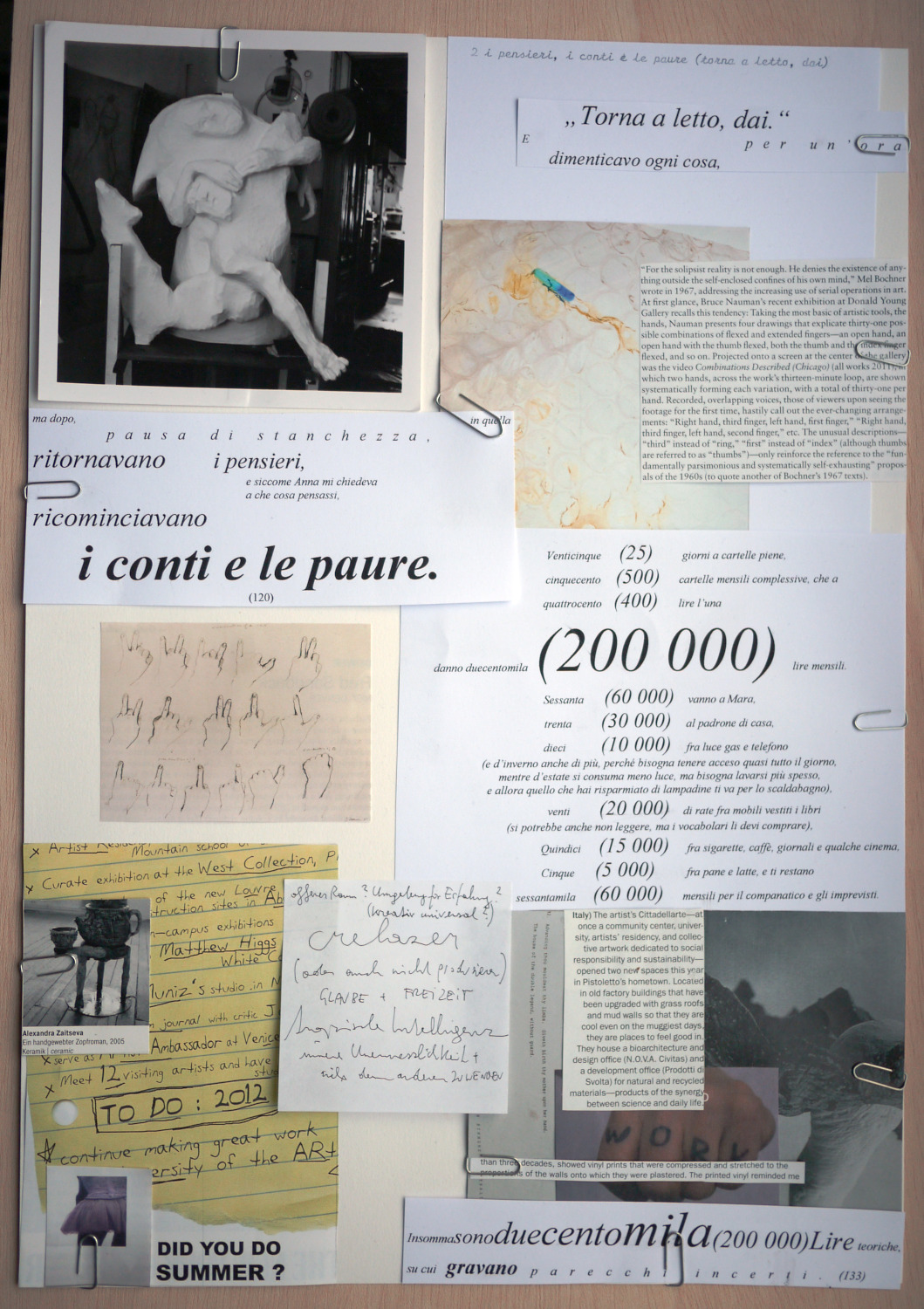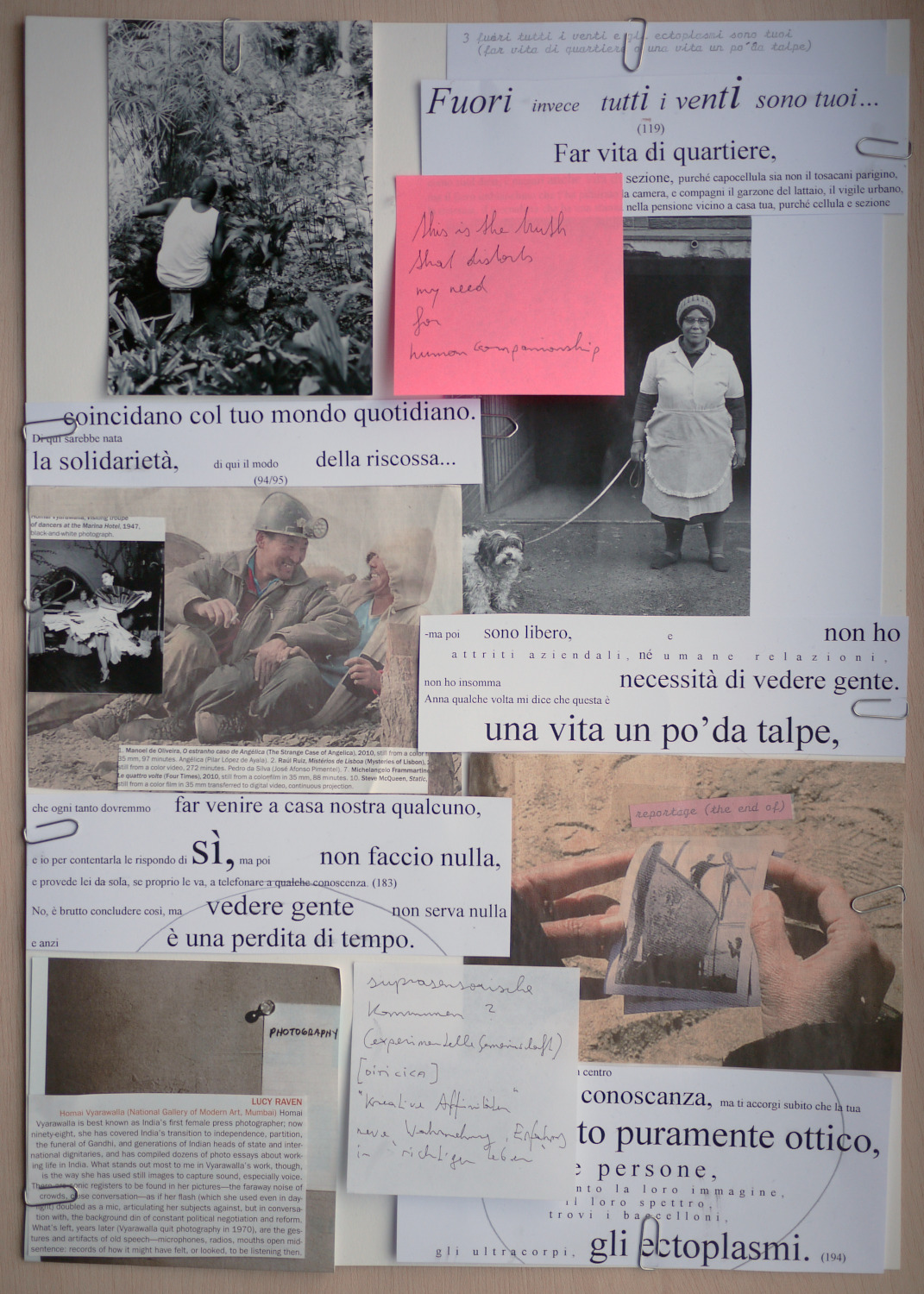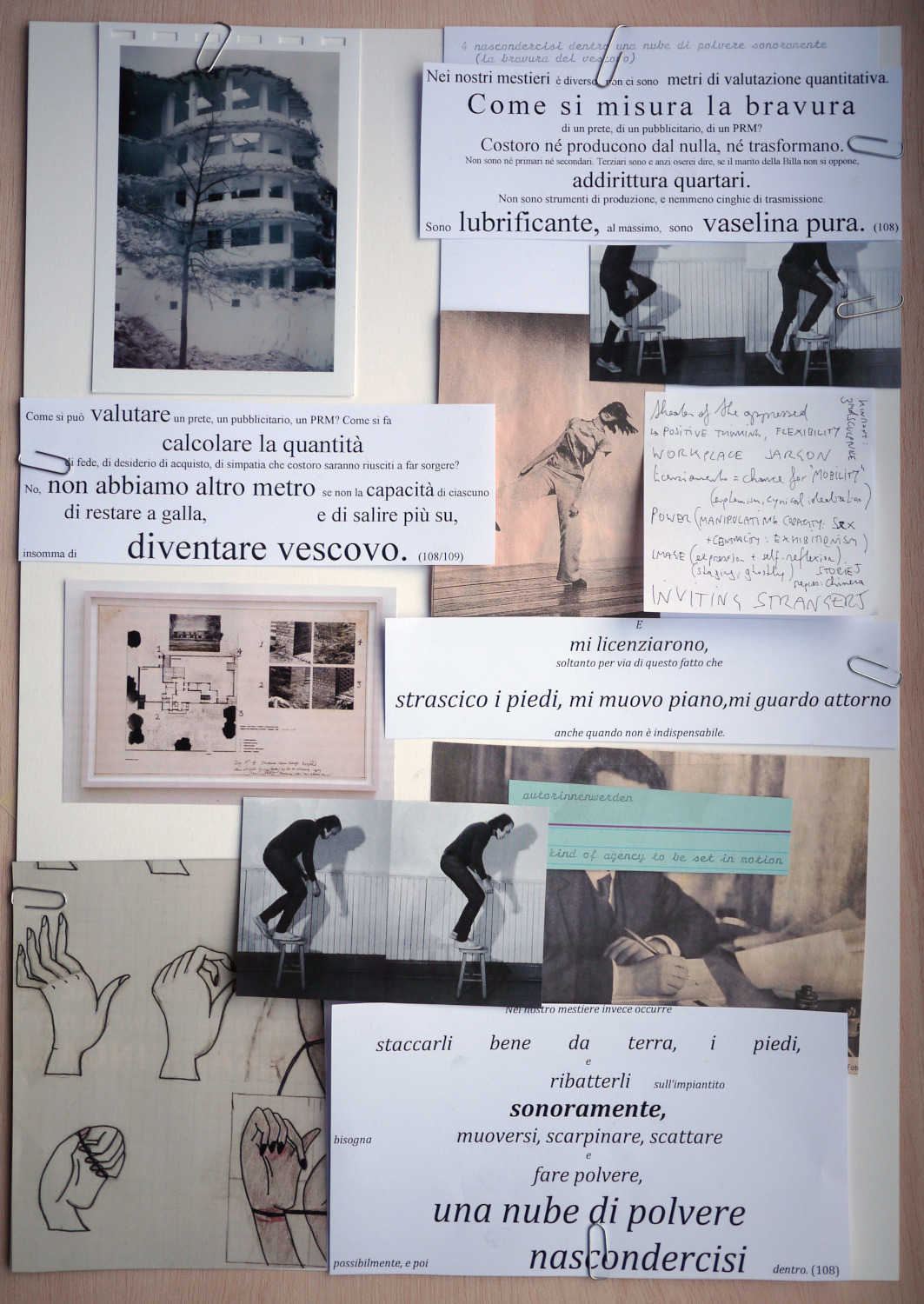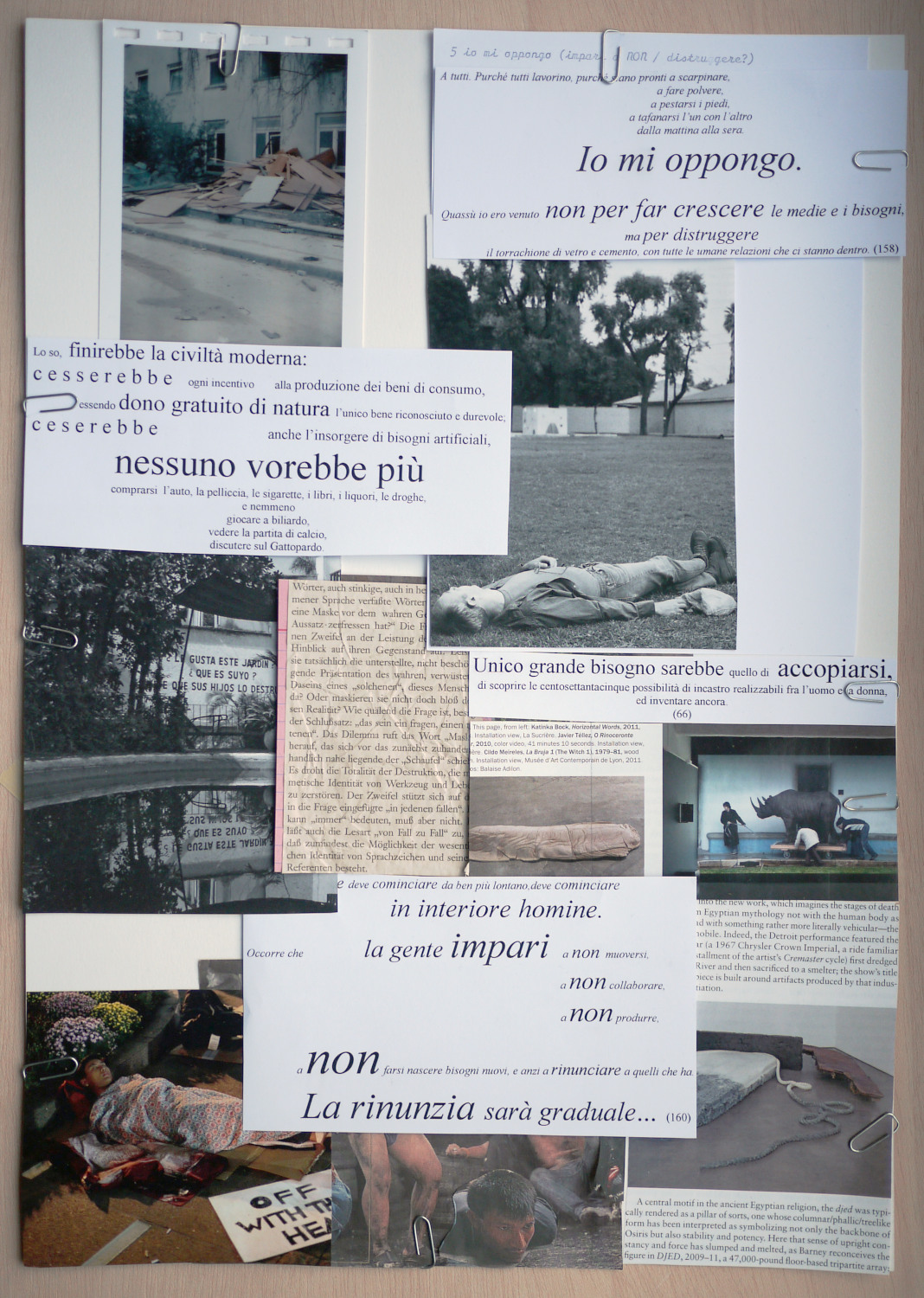
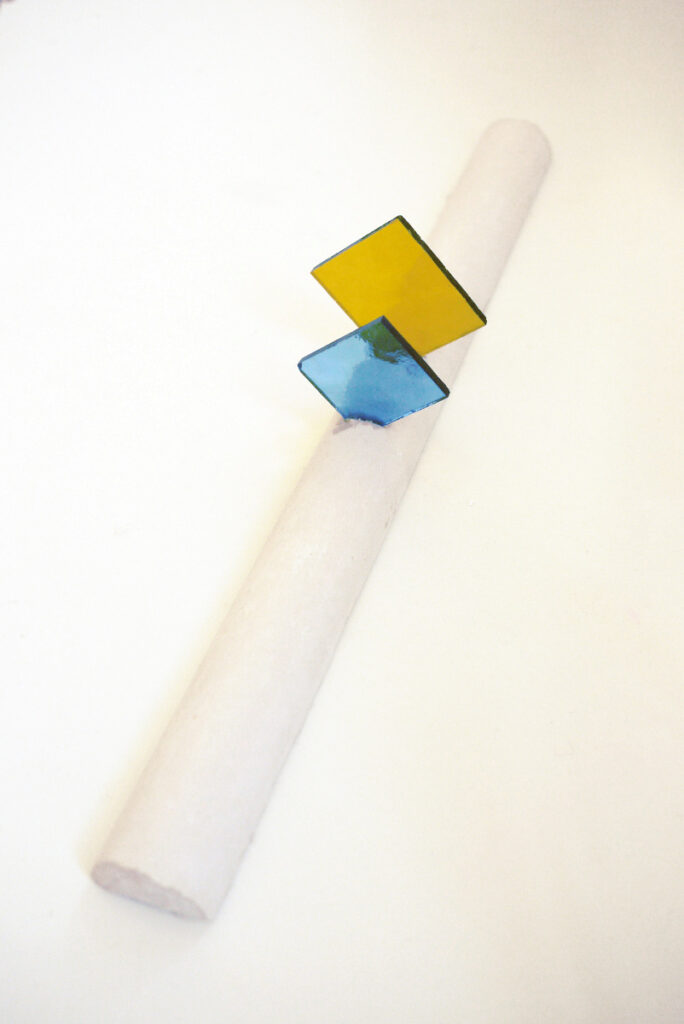
la notte (secondo il sole) (the night (after the sun)) / 2012 / plaster, glass, ink / 44,5 x 7,5 x 8,5 cm / Show: Pascal Schwaighofer Misha Stroj / 30.03. 26.05.2012 / ar/ge Kunst, Bolzano
Reconstruction of a Friday night, which we invested in D’s enthusiasm to make an updated version of a Soviet film from 1961 (in which a boy follows the sun for a day after being promised that the world will become his).
2012 is devoted to modesty and retreat. Before came Le Cose di Bolzano (The Things of Bolzano), each one devoted to an exhaustive period of research, each allowed a moment of recognition, a moment of supposedly casual encounters to become memorable events. The never merely personal of historiography manifests itself. Once again, details of these events were traced back to Bolzano, in which case the sun was followed for one day. The goal of the mission proved to be a deserted bowling alley, which nevertheless provided a not only autobiographical reminiscence of an artist who works on the margins of society. Back in the showroom, two different cones were made for the resumption of the game: one by the hungry editing of a loaf of bread, the other by carving on a found block of wood (after all, the encounter with a beaver had been secretly expected). The installation as a whole was a sort of resumption of an analysis of a society that was transforming itself into the services industry: Luciano Bianciardi had delivered an astonishingly uptodate and precise role model in the 1960s with his novel La Vita Agra (Quotes see catalog) a mood maker, so to speak.

la tasca (secondo la chiave) / 2012 / fabric, plaster, pigment / 13 x 12 x 9 cm
Reconstruction of A’s delight after a lost key turns out to be hiding just from a jacket pocket.
My motivation is to see and learn how others do organize their lifes focusing on the strangly forgotten material aspects, the Dinge and the world built around them. i do believe in a certain kind of competence in building and making, i am sure there is a lot in our future way of sustainable living. it would be a pleasure to see and maybe even be able to share some ways and forms. improvisation and ephemeral results were always at the core of our practice, the questioning of the status and prestige of the artpiece (and the artist) keeps us moving, dissolving and trudeln. But the laughter if not pleasure. It is urgent.
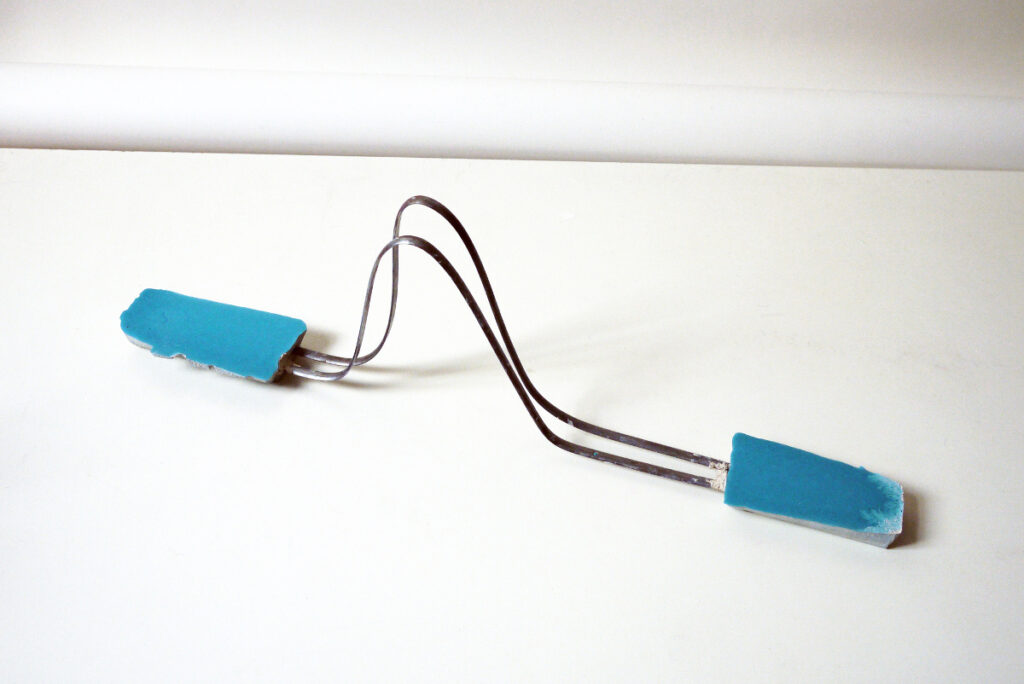
la portiera (secondo Clemens)* (The Car Door (after Clemens)* / 2012 / iron, plaster, pigment / 65 x 8 x 21 cm / Show: Pascal Schwaighofer Misha Stroj / 30.03. 26.05.2012 / ar/ge Kunst, Bolzano
Every event seems to be shaped by contrariness, by materials, things or persons. The actors show themselves in the most surprising figures: here reconstructions of a car door and a vest pocket. The intention is to create an anthology that does justice to the polyphonic aspects of the materiality of encounters a finally adequate image of societies, or how do we call it. In acknowledging these moments of intensified attention, authorship is perceived as obviously collective. From this selfevidence follows the need to “abolish the artist” , but not abolishe the art. To be ctd.
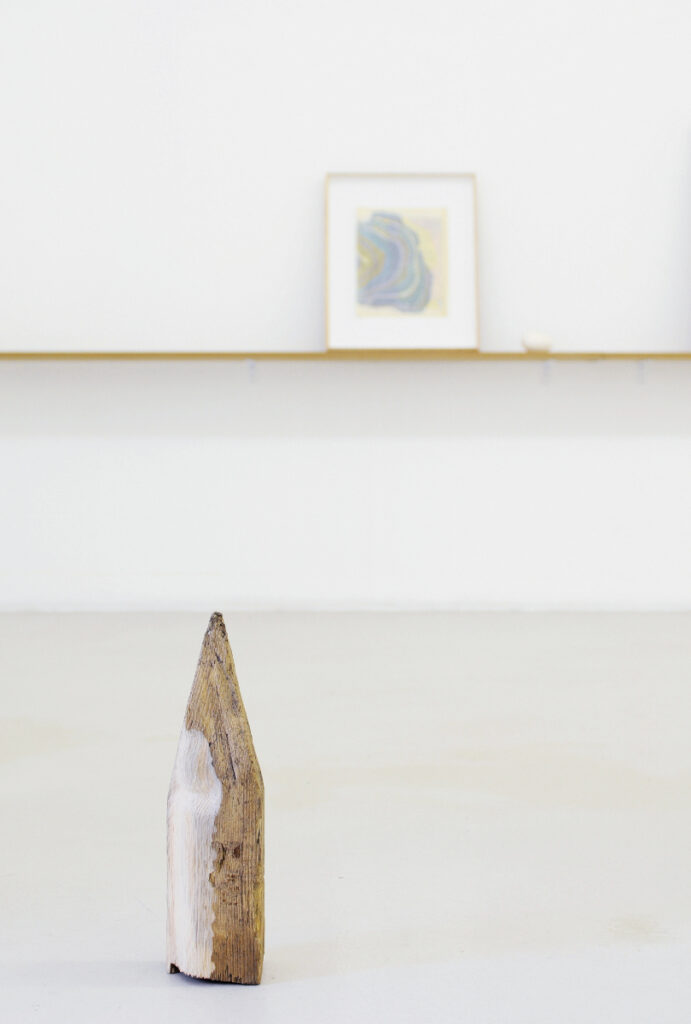
il lavoro del castoro (Der Künstler allein) (the work of the beaver (the artist alone)) / 2012 / wood, headline / various sizes
Misha Stroj’s work originates from historic and social researches on the place where he exhibits. In various works Stroj confronts the topics of economic relationships and of the material forces operating within society and cultural industry, and goes on to indirectly question also the mechanisms of the art world itself and the logic of what determines the value and significance of an artwork. The exhibited works illuminate a personal story, one which is revealed in terms of both a paradox and an intimate narration in which the artist’s personal experience becomes comparative in a trans-figural way and which may be read in relation to several aspects of European economic history and late 20th century Italian literature.
Die Säule mit dem Knie (2010) unites in a single sculpture a cast of Stroj’s own knee and a steel pillar the same height as the artist taken from an abandoned factory in Berlin. Almost an ironic self-portrait of the artist in a time of industrial crisis in Europe, the sculpture is an antithetical union of two absolutely different materials, where the chalk cast – as an evocative form of the human body – is intended to animate the steel pillar, as a severe relict dating from the industrial memory of the Nineteenth century. Along similar lines is the work Index Broken (2010-11), which shows a cast of the artist’s hand with the index finger broken. Like an indicative reference to the relationship between personal identity and the external world, between self-awareness and diversity, Index Broken seems to be an attempt at visual communication interrupted partway by unknown and irrevocable forces, and therefore almost an open manifestation of failure. In this sense, certain other artistic interventions of the artist reflect the ideal reference to the pages of Luciano Bianciardi’s La vita agra, first published in 1962. Bianciardi’s work interprets the Italian economic boom of the 1960s and its effect on the social habits of Italians caught up in a consumer society and industrial working rhythms, even in terms of their culture. It therefore serves as a prominent instrument of analysis within Stroj’s contemplations. What is the relationship between creative freedom and cultural industry in contemporary Europe and what possibility for action remains to the artist? Stroj backtracks to Bianciardi’s visionary considerations, interweaving a dialogue with the Italian writer by means of collage, photographs and quotations, and attempting to oppose the existential stalemate in which the book’s lead protagonist ends. (Luigi Fassi)


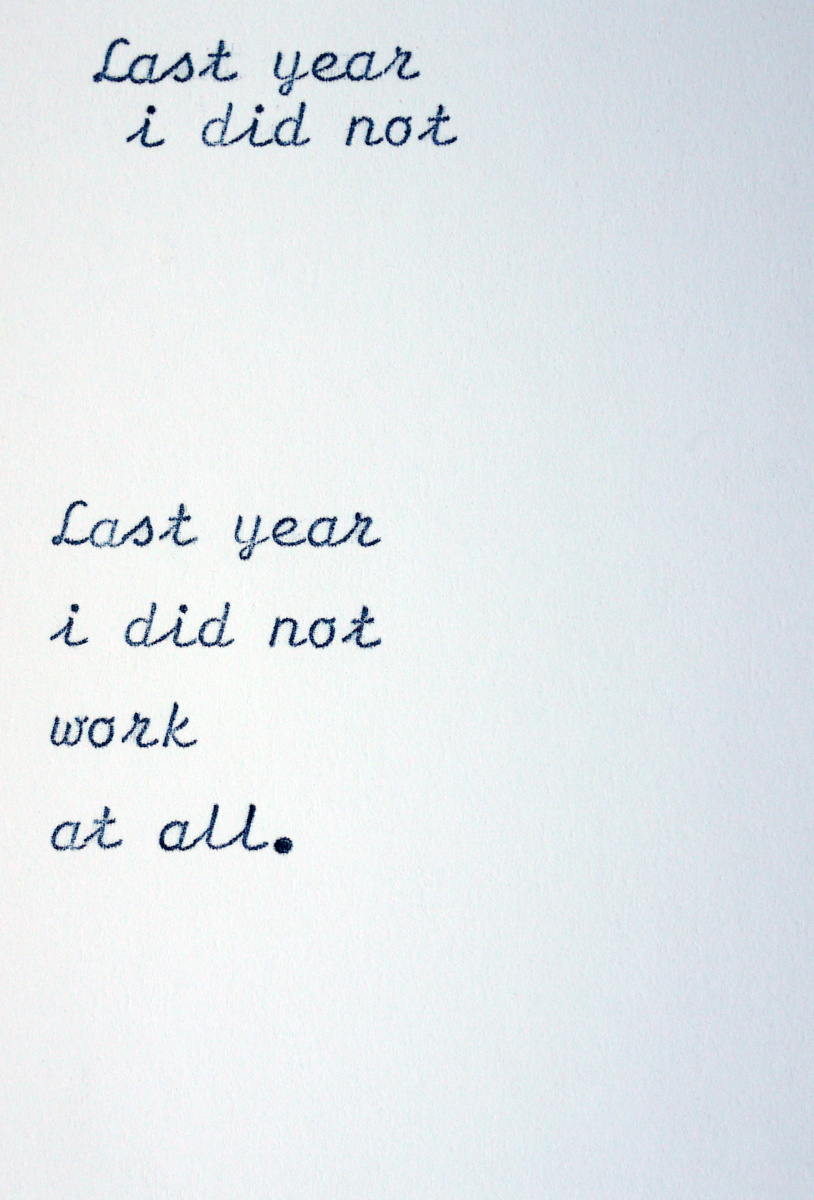
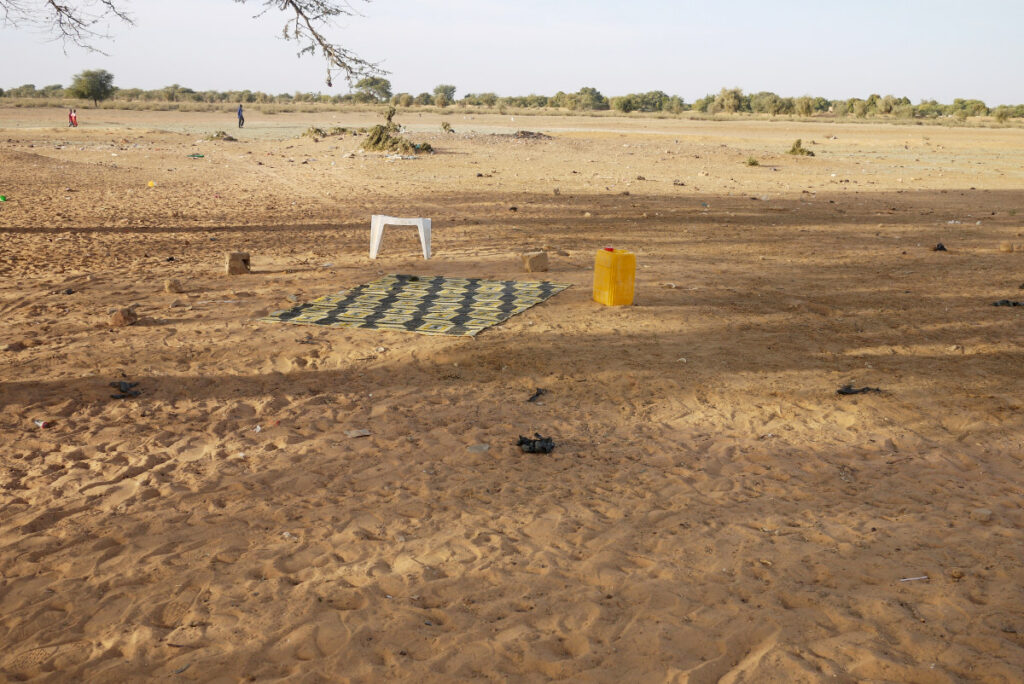
As Much As It Needs, As Urgent / 2013 / photography / 18 x 13 cm / Show: Meine kleine Afrikamuseum (Mine little Africa Museum) / Spring 2013 / WAAW, St.Louis
